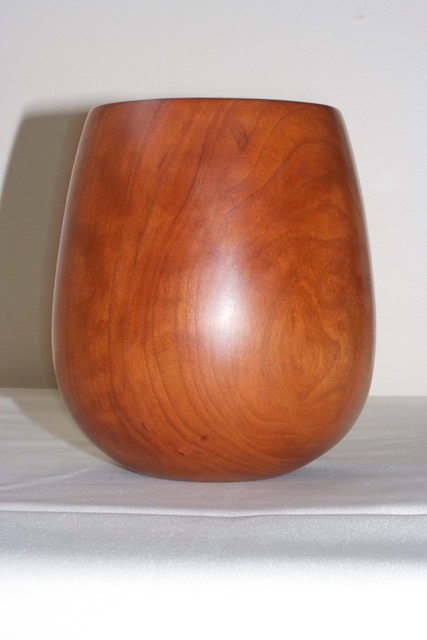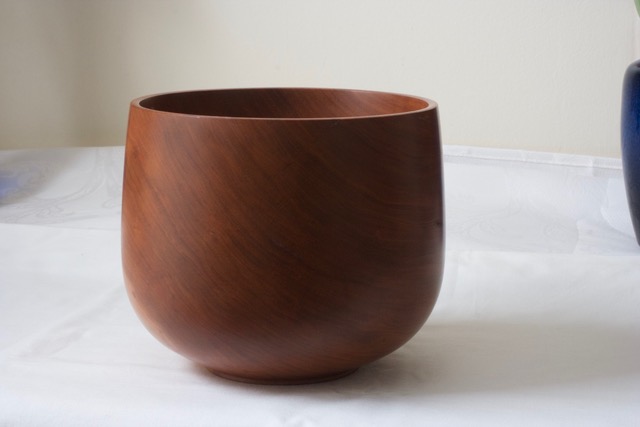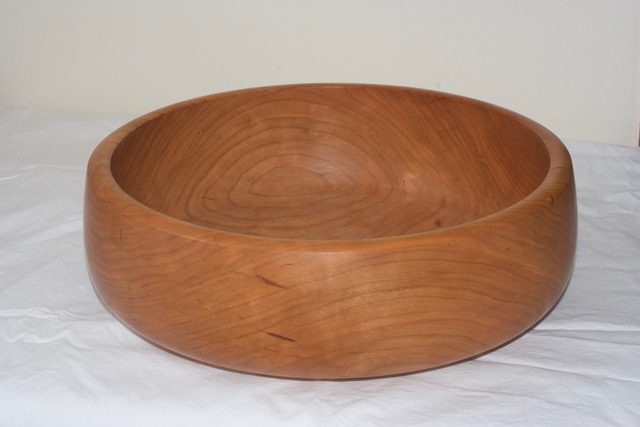There are several classic bowl designs which are pleasing to view. Spectacular grain and color can carry a bowl for a while. However, when the bowl has darkened with age and the color is faded all one is left with is the design. So its s better to study the designs which have stood the test of time and use them to strengthen your spectacular grain and color. That way someone will be enjoying the bowl long after you are gone.
One such design comes from Hawaii. When Europeans first started to visit the islands in the 1790s they were impressed with the bowl design they found there. The lovely symmetrical shape with a gentle convex curve to the outside and the beautiful finishes were comparable to the finest traditions of European craftsmen.
Yet these craftsmen had none of the sophisticated tools available to the old world craftsmen. The Hawaiians achieved their results rubbing the local wood with coral to carve out the whole bowl. This must have taken much patience and energy to hollow a bowl by just scratching it with sharp coral. Yet the shapes they produced were so perfectly symmetrical that the appeared to have been turned.
The wood they used was kou which was native to the islands. Others were fashioned out of gourd or coconut. For design they looked to nature and copied the shapes of gourds which have come to be called calabashes. They are grown all over the world and serve a multitude of purposes. You may be familiar with the calabash pipe like the one Sherlock Holmes was reputed to smoke. They formed containers for many cultures. As a young boy I remember drinking cool well water with a dipper gourd at my family’s farmer relatives in south central Kentucky.
Nature is such a rich source from which the craftsman may obtain design. Shapes in nature are formed by natural laws and when we see the representation of natural law in a physical structure we remember it and that memory is pleasing to us. Shapes of mountains, clouds, vortexes, flowers and trees all conjure up pleasant memories in us. So, in design, you can never go far wrong when you copy a design from nature. As one person told me long ago:” A good reproduction is much better than a bad original.”
Below are examples of use of the calabash design from my shop over the past couple of decades.












Dear Sir,
I thought a calabash bowl was simply smaller at the rim than the rest of the body. Then I was told that they have rounded bottoms. The spigot or tenon is turned off. Then I was directed here. Your 4th picture from bottom looks like it’s not rounded, so I am at a loss. Nice turnings.